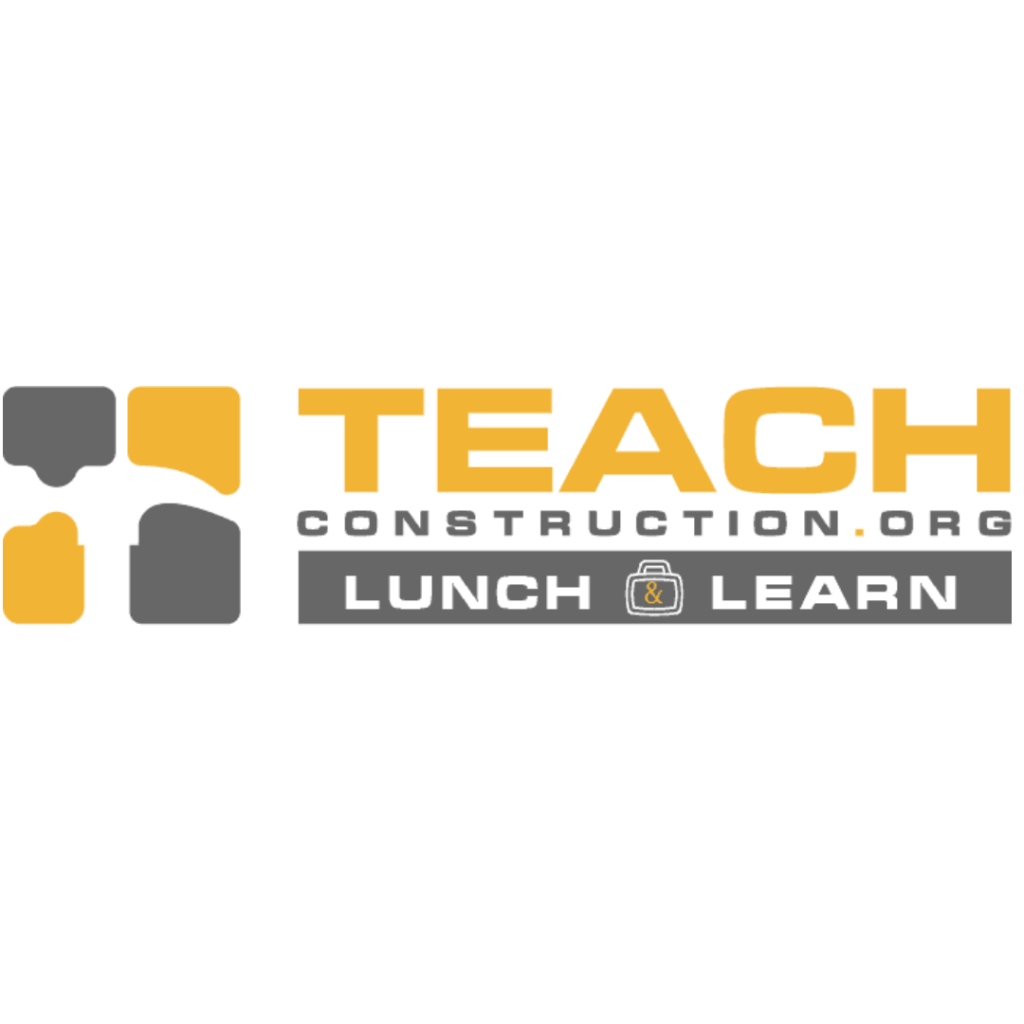At this point, it is widely known that there’s a labor shortage in the construction trades, including the painting industry. But in addition to the worker shortage is the skills issue: many who might be interested in the work, lack the skills needed to enter the trade force. According to the Q1 2019 Commercial Construction Index, 95% of contractors surveyed are concerned about whether workers have adequate skill levels.
Enter TEACH Construction, Benjamin Moore and PDCA, which have teamed up to help solve the problem. Just this past week, TEACH launched an on-demand training program to educate and prepare people for entry into the painting industry. “It’s part of a series designed to help solve the issue of a shrinking trades labor force,” says Michael Smith, executive director of TEACH Construction.
With $100,000 in funding from Benjamin Moore and a partnership with PDCA, the program is part of the Painting Contractor Workforce Development Initiative comprising a 15-segment trade best practice video series for beginners, as well as an in-depth classroom program designed to offer content on various topics within the painting trade.
“We want to say to professional contractors that we hear you,” says Craig Bunting, Benjamin Moore director, customer segments. “You need job-ready workers and the pool of these skilled professionals is small. Through this program, we hope to see more young people and second career professionals getting into the painting business and coming to the job site knowledgeable and ready to work, which will ultimately help painting contractors expand their businesses with confidence.”
The video series consists of 15 high-level videos that include an overview of the painting industry and introductory content on topics including taping, sanding and rolling, etc. As part of the program, TEACH Construction breaks down each topic into learning modules, starting with the basics – everything from job site safety, to examining a coating brush (see image), to caulking and prep work.
The goal is to “create resources for instructors to use in high schools, colleges, work-based learning programs, and for employers to use,” Smith says. “There are lesson plans, recommended skills exercises, vocabulary lists, quizzes — all the tools a teacher would need. Core competencies and goals are defined as are scope, sequence and learning objectives.”
Smith stresses that TEACH is not a replacement for hands-on training. “We have no illusions that you can learn construction by watching a video. What we offer are tools for instructors in programs with hands-on training.”
Smith, PDCA and Benjamin Moore all have the same goal in mind: to ease the labor burden by helping to improve training and remove barriers to learning. “The prevailing curriculum for construction – textbooks — that’s out there is prohibitively expensive,” Smith says. TEACH Construction is free to users, and Smith says there will be a big push in the fall to get the program into schools.
The organization is working on developing more industry partnerships and will soon launch similar materials for general carpentry, introductions to mechanical, electrical and plumbing. (Fundamentals of construction came out two months prior to the painting modules.) “This industry has a labor problem and the industry can invest in solving that problem,” Smith says. “TEACH Construction is one way to contribute to that solution.”

